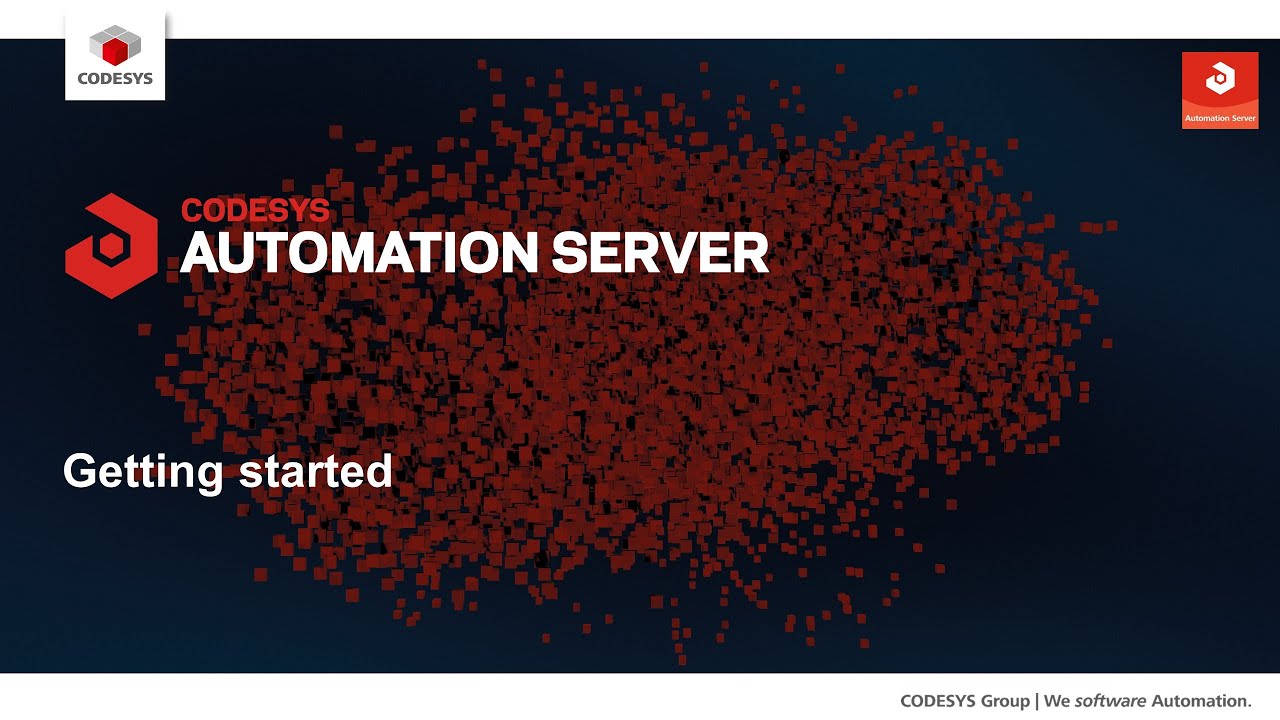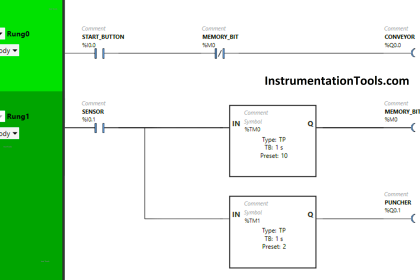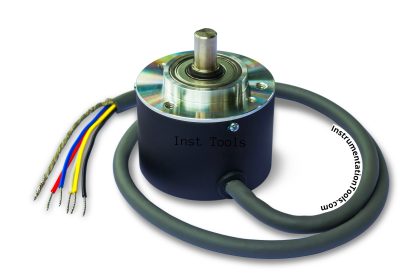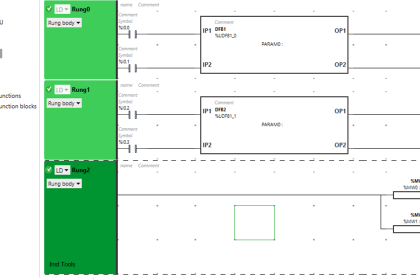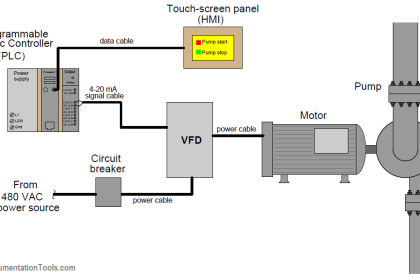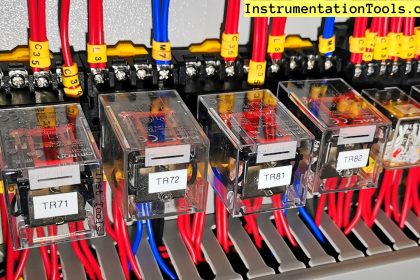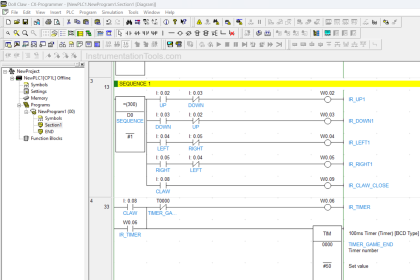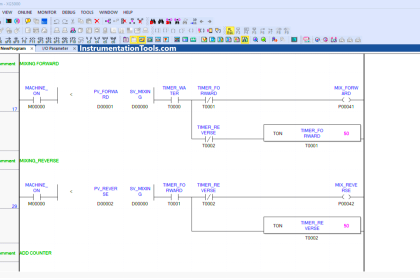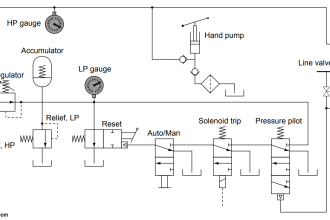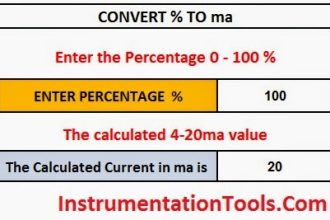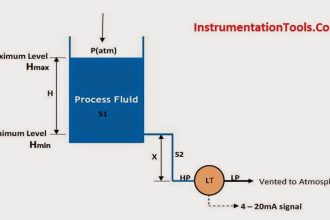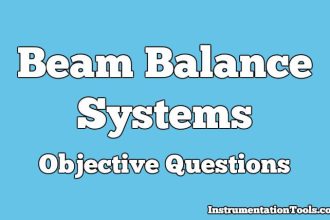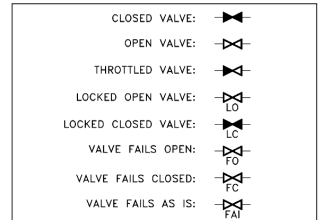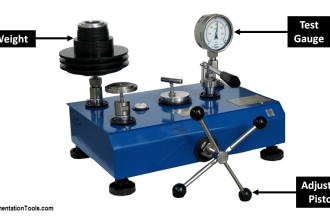As a PLC programmer, it is important to have a basic knowledge of many different PLC programming software. The more PLC brands you can work with, the more processes or projects you will be able to work with.
In this article, we will take about specific PLC software that can help you as a programmer to increase the number of PLC brands that you can comfortably and easily work with. This software is CODESYS.
Contents:
- PLCs different programming Software
- What is CODESYS?
- Why learning CODESYS is important?
- Examples of different brands compatible with CODESYS.
- Conclusion.
Different PLC Programming Software
PLC is a critical element of any industrial process; in fact, most if not all of the industrial revolution is due to the existence and continuous development of the PLCs.
With the continuous need for new solutions and abilities to be provided by the PLCs, you can find now an enormous number of PLC manufacturers and PLC brands competing for a share in the industry. Each PLC manufacturer develops their own programming software and their own run time software.
PLC programmers work with so many different brands of PLCs, so they need to be aware of a lot of different PLC software, this is not always a simple task to do, especially since sometimes each software takes a different approach to how it will interpret the IEC 61131-3 standards.
Yes, all PLC software follows the IEC 61131-3, but the interpretation can be different. For example, some software forces the programmer to assign an address for the +ve and–ve edge triggers, in some other software you don’t have to.
Also, some PLC software will make basic instructions like MOVE or COUNTERs be edge-triggered, so even if the enable signal is still ON, the instruction will be executed only once at the rising edge of the enable signal. In other software, these instructions will not be edge-triggered, so as a PLC programmer, you will need to pay attention to whether you want the instruction to be executed only once or every scan cycle.
As you can see, these differences and many more between PLC software make it hard sometimes to work with many brands at the same time, because you have to readjust your brain and the way you think to accommodate for these small and hidden tweaks that each software has. And Here is where learning CODESYS can be useful.
What is CODESYS?
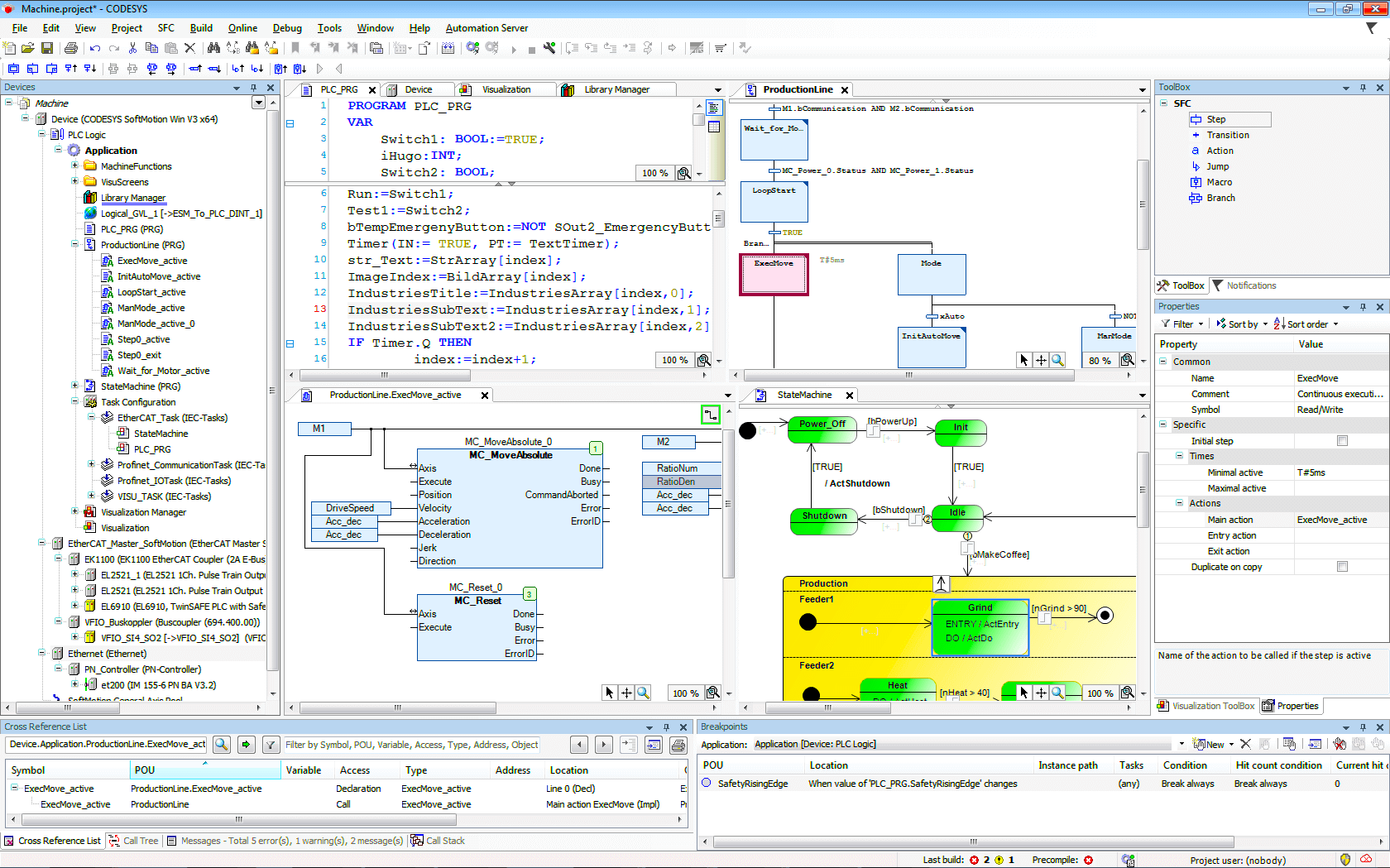
CODESYS is an open-source PLC programming language software, used in physical and industrial computing. Its compliance with industrial standard IEC 61131-3 allowed it to be used by hundreds of hardware developers globally. It is a complete development environment for PLCs and PCs that currently has over 500 manufacturers producing over 1000 control devices and PLCs that are compatible with CODESYS.
Download CODESYS PLC Software – Click Here
CODESYS stands for Controlled Development System. It was developed by the German software company 3S-Smart Software Solutions. CODESYS licenses are free and can be installed legally, without copy protection on workstations without limit. CODESYS contains an integrated visualization system, a unique tool that supports the development and debugging of code.
CODESYS also has built-in PLC simulation and built-in HMI capability. This reduces the need for additional applications. CODESYS uses all five PLC programming languages approved by the IEC 61131-3, and that is why many PLC manufacturers find it more convenient to integrate CODESYS runtime into their devices instead of developing their own software.
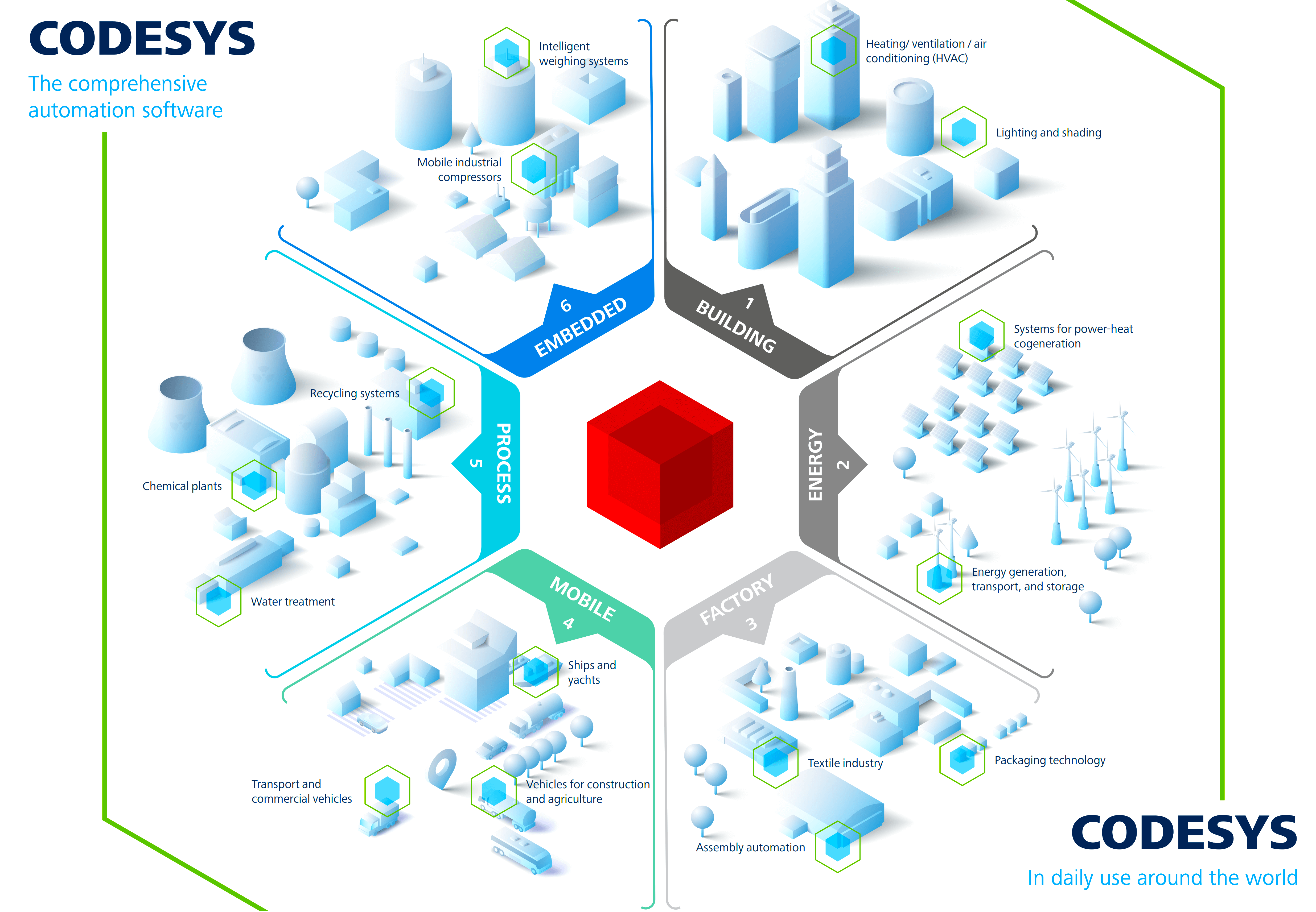
Why learning CODESYS is important?
As mentioned before, CODESYS was developed by a software company, in order to provide users with integrated solutions that make the engineering of automated solutions more convenient. All five PLC programming languages covered by the IEC 61131-3 standards are supported by CODESYS. And many manufacturers choose to use the CODESYS runtime with their products.
There are over 1,000 different device types, from over 500 manufacturers that are compatible with CODESYS.
CODESYS effectively allows systems designers to easily integrate most automation components into their design, use any IEC 61131-3 standard programming language, and customize their setup based on their application’s specific needs.
As a PLC programmer, learning to code with CODESYS will immediately give you the ability to work with hundreds of different PLC brands and even thousands of different control devices that are compatible with CODESYS.
Examples of different brands compatible with CODESYS
To only name a few,
- Schneider
- Bosch Rexroth AG
- Advantech
- Delta Electronics Inc.
- Eaton
- Festo SE & Co. KG
- Hitachi Europe GmbH
- ifm electronic gmbh
- JUMO GmbH & Co. KG
- KEB Automation KG
- Lenze SE
- WAGO GmbH & Co. KG
These are just a few names of the brands that are compatible with CODESYS, So learning how to code with CODESYS will make it easier for you as a PLC programmer to deal with a wide number of different options.
Conclusion
- CODESYS is an open-source PLC programming language software.
- Being compliant with IEC 61131-3 made it a perfect choice for PLC manufacturers that don’t have/or don’t want to have their own runtime software.
- Over 500 manufacturers produce over 1000 control devices and PLCs that are compatible with CODESYS.
- Learning to code with CODESYS will immediately give you the ability to work with hundreds of different PLC brands.
If you liked this article, then please subscribe to our YouTube Channel for Instrumentation, Electrical, PLC, and SCADA video tutorials.
You can also follow us on Facebook and Twitter to receive daily updates.
Read Next:
- MOVE Instruction in PLC
- Allen Bradley PLC Hardware
- Motor Classic Control Circuits
- Control System Cyber Security
- How to Design an Effective HMI?
